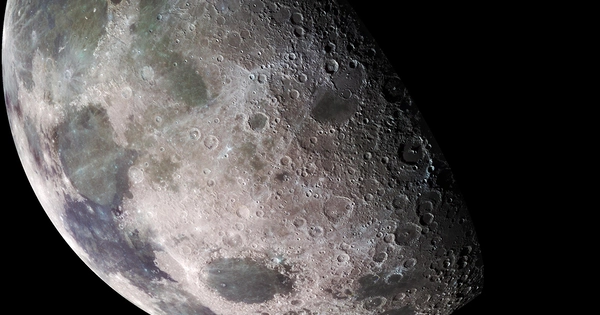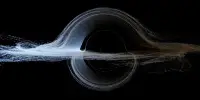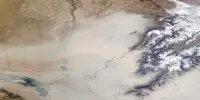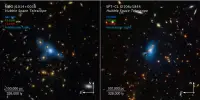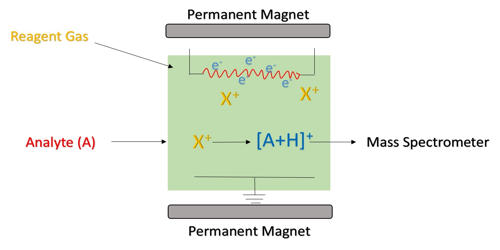Moon dust, also known as lunar regolith, can be a major problem for lunar missions. The fine, powdery substance can stick to everything, including spacesuits and equipment, and can damage sensitive instruments. However, a recent study has suggested that using liquid nitrogen spray could be an effective way to clean up stubborn moon dust.
A liquid nitrogen spray developed by Washington State University researchers can remove almost all of the simulated moon dust from a space suit, potentially resolving a significant challenge for future moon-landing astronauts.
The sprayer removed more than 98% of the moon dust simulant in a vacuum environment with minimal damage to spacesuits, outperforming any previously investigated techniques. The researchers published their findings in the journal Acta Astronautica.
People have gotten men to the moon, but they haven’t figured out how to keep them clean there. Moon dust adheres to everything it comes into contact with, much like the clingiest packaging peanuts. Worse than packing peanuts, the dust is made up of extremely fine particles with the consistency of ground fiberglass.
Moon dust is electrostatically charged, abrasive, and gets everywhere, making it a very difficult substance to deal with. At the very least, you end up with a fine layer of dust covering everything.
Ian Wells
“Moon dust is electrostatically charged, abrasive, and gets everywhere, making it a very difficult substance to deal with,” said Ian Wells, senior in WSU’s School of Mechanical and Materials Engineering and first author on the paper. “At the very least, you end up with a fine layer of dust covering everything.”
During the six crewed Apollo missions to the moon in the 1960s and early 1970s, astronauts tried to remove dust from their spacesuits with a brush, but it didn’t work very well. The abrasive and tiny dust particles can get into engines and electronics. They also got into the spacesuits, destroying the seals and rendering some of the more expensive suits useless. Astronauts also experienced “lunar hay fever,” and researchers believe that prolonged exposure to the dust could cause lung damage similar to Black Lung Disease.
“It caused a lot of problems for the missions as well as the astronauts once they returned home,” Wells explained.
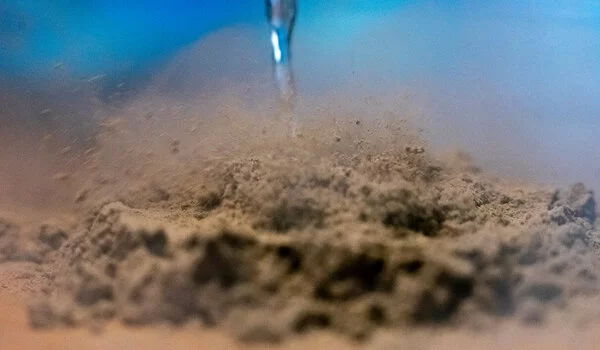
The NASA Artemis mission hopes to land the first woman and first person of color on the moon in 2025, with the goal of eventually establishing a base camp there for further planetary exploration, so they are interested in solving the moon dust problem.
The research team demonstrated their technology, which uses the Leidenfrost Effect to clean space suits, in their work. When cold water is poured into a hot frying pan, it beads up and moves across the pan, producing the effect. When very cold liquid nitrogen is sprayed onto a warmer dust-covered material, the dust particles congeal and float away on the nitrogen vapor.
The team tested their cleaning method under normal atmospheric conditions and in a vacuum that is more similar to outer space with the sprayer performing better in the vacuum atmosphere.
The liquid nitrogen spray was also much gentler on spacesuit materials than other cleaning methods. While a brush caused damage to the spacesuit material after just one brushing, the liquid nitrogen spray took 75 cycles before damage occurred.
The researchers’ innovative cleaning idea won first place in NASA’s Breakthrough, Innovative, and Game-changing (BIG) Idea Challenge last year, thanks to a NASA grant. Undergraduate researchers on the paper included John Bussey and Nathaniel Swets, in addition to Wells. The project was led by Jacob Leachman, an associate professor in the School of Mechanical and Materials Engineering.
The researchers are now attempting to fully comprehend and model the complex interactions between dust particles and liquid nitrogen that allow the cleaning process to function. They are also applying for another grant to test the technology in conditions more akin to outer space, such as lunar gravity.
